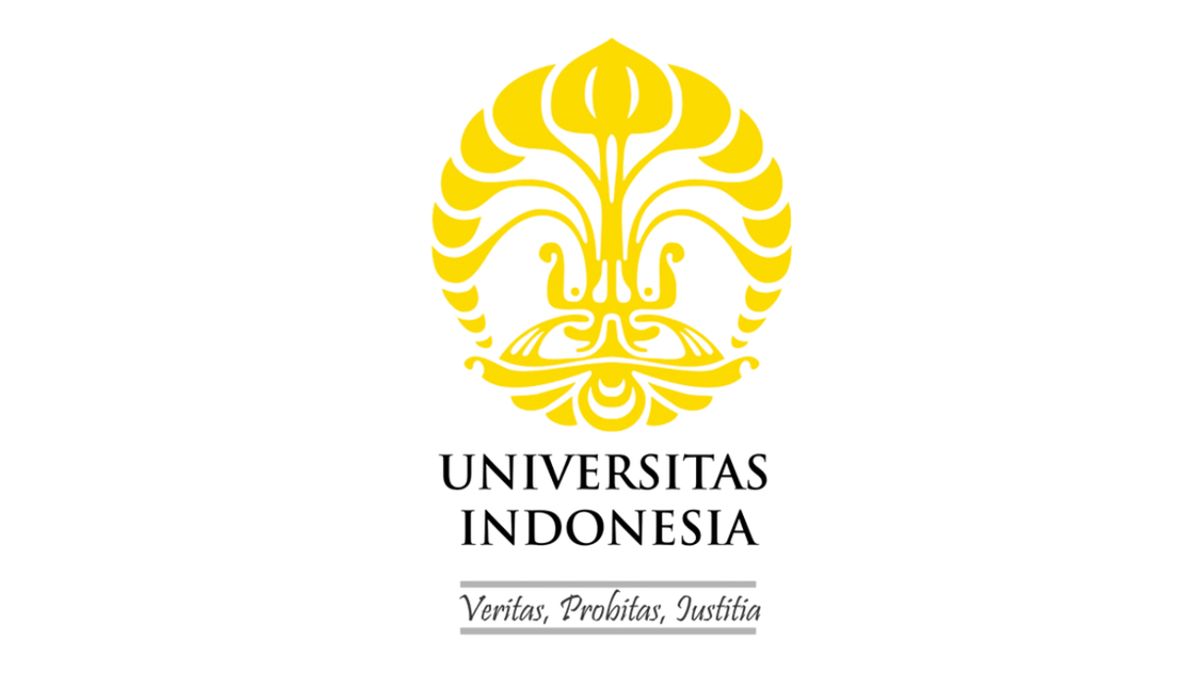By now, you have probably heard of the Mediterranean diet, and for good reason. It was named the best diet overall by US News and World Report for the eighth year in a row. The diet recommends meals filled with fruits and vegetables, whole grains, healthy fats and oils, seafood and lean poultry. If you have been interested in the Mediterranean diet, there's now another popular, similar diet to try. The planetary health diet also encourages plant-based eating, but it has a special emphasis on sustainability for the planet. Here's what a nutrition expert has to say about this diet and whether it's worth it for you and the environment.
What is the planetary health diet?
The planetary health diet was developed by the non-profit EAT-Lancet Commission in 2019. The organization is dedicated to a global sustainable food system that's healthy for humans and the planet. By 2050, it's estimated that the world population will be close to 10 billion. The EAT-Lancet Commission created and continually promotes the planetary health diet to ensure we will have enough food to feed all people and a healthy planet we can all live on.
"The planetary health diet is considered a plant-based or plant-strong [diet], in alignment with the health and environmental benefits seen from vegetarian and vegan diets," said Vanessa King, spokesperson for the Academy of Nutrition and Dietetics. This means that the planetary diet consists of lots of fruit, non-starchy vegetables, nuts and legumes. It also includes whole grains, plant-sourced proteins and unsaturated plant oils. While it also allows for starchy vegetables, added sugars, dairy and animal-sourced meats, the approved amounts are smaller.
A planetary health diet visual
EAT-Lancet Commission"The diet aims to nourish a growing global population while reducing the environmental impact of food production," said Debbie Petitpain, MBA, RD, spokesperson for the Academy of Nutrition and Dietetics.
The keeping and production of animal products, especially red meats, have a high carbon footprint on the planet. Peitipain continued: "[The planetary diet] supports lower greenhouse gas emissions, reduced land and water use and preservation of biodiversity."
Meat lovers, don't worry. While the planetary health diet does limit animal-sourced meats, it doesn't completely eliminate them. The diet allows for about 98 grams of red meat, 203 grams of poultry and 196 grams of fish per week.
Planetary health diet benefits for the body
In addition to the positive impacts on the planet, those following the planetary health diet may also reap benefits for their overall health.
"Like other plant-forward patterns (i.e., Mediterranean diet or DASH), the [planetary health] diet is associated with a reduced risk of chronic diseases such as heart disease, diabetes and certain cancers, due to its focus on whole, plant-based foods and healthy fats," Petitpain told CNET.
Plant-based diets have also been linked to the following:
- Lower risks of strokes
- Better weight management
- Increased mental well-being
- Healthier digestive tract
- Lower blood pressure
- Reduced inflammation
- Increased kidney health
- Boosted immune system
How does the planetary health diet work?
Here's an example of what a day on the planetary health diet looks like.
EAT-Lancet CommissionThe planetary health diet is plant-forward but not necessarily vegetarian or vegan. It allows for moderate amounts of meat, fish and dairy products, but half your plate should be fruits, non-starchy vegetables, nuts and legumes. The diet also recommends a daily calorie intake of 2,500 to avoid overeating.
According to EAT's website, "This amount will vary based on age, gender, activity levels and health profiles. Overconsumption is a waste of food with both health and environmental costs."
According to the EAT-Lancet Commission, here's how to follow the planetary health diet:
- 125 grams of dry beans, lentils, peas and other nuts or legumes per day
- 98 grams of red meat per week
- 203 grams of poultry per week
- 196 grams of fish per week
The guidelines also call for cooking at home whenever possible, sharing meals and choosing one serving size to avoid overconsumption, wasting less food, purchasing food directly from farmers and eating less processed foods.
Diets always come with some complaints. "Some critics argue the diet's strict limits on animal products may not be culturally practical, affordable or nutritionally adequate for everyone," said Petitpain. "Others question the global applicability of its recommendations, citing differences in regional agriculture and nutrient needs. While health and environmental benefits are well-supported, implementation challenges remain."
Meal ideas
Before heading to the grocery store for the week, let these sample meals spark some ideas.
Breakfast
- Lemon blueberry baked oatmeal
- Avocado toast with whole-grain bread
Lunch
- Minestrone soup with fresh seasonal vegetables
- Turkey burger, whole wheat bun with sweet potato fries
Dinner
- Stuffed pita bread with curry-fried chickpeas and herb yogurt
- Salmon over salad with avocado dressing
Snacks
- Hummus and veggies
- Banana, peanut butter and strawberries
Check out more meal ideas and recipes at EAT's website.
Is the planetary health diet right for you?
If you have already been intrigued by the Mediterranean diet, then the planetary diet might be worth a try. Here's who should try this diet and who should avoid it.
Petitpain said the planetary health diet "is suitable for everyone, although some groups may need larger portions of certain food groups or supplementation." For most, however, she states that the diet can help improve long-term health issues while also being kind to the planet. She continued, "It can benefit people at risk for chronic diseases due to its nutrient-dense, high-fiber and plant-forward approach. It is also appropriate for those interested in flexitarian or semi-vegetarian eating patterns."
No diet is a one-size-fits-all solution. "Populations with higher nutrient needs, such as young children, pregnant or breastfeeding women, women with heavy menstrual cycles and individuals with certain medical conditions, may need personalized modifications," said Petitpain. "People with limited access to diverse plant foods or those at risk for deficiencies should approach the diet with guidance." King agrees and says, "Some analysis has shown [the planetary diet] could have dietary gaps in five key nutrients: vitamin B12, calcium, iron and zinc. Modifications may be needed to fill these dietary gaps."
Careful and knowledgeable planning is vital to meeting all your nutrition requirements, so it's suggested to seek a registered dietitian or nutritionist. Petitpain also recommends "gradually increasing plant-based meals while reducing red meat and processed foods" and shooting for "balance rather than perfection."
"Focus on variety to ensure adequate protein, iron, omega-3s and other nutrients, possibly with fortified foods or supplements as needed. Always consider personal health needs and consult with a registered dietitian for tailored guidance," she continued.
Planetary health diet FAQs
How much meat can you eat on the planetary diet?
On the planetary health diet, half of your diet should be plant-based. However, you can eat about 98 grams of red meat and 203 grams of poultry per week. You can also eat 196 grams of fish.
What are the guidelines for the planetary health diet?
The guidelines for the planetary health diet include eating mostly plant-based foods. In addition to 125 grams of dry beans, lentils, peas and other nuts or legumes per day, 98 grams of red meat per week, 203 grams of poultry per week and 196 grams of fish per week, the diet also allows for whole grains and moderate amounts of dairy, added sugars, unsaturated plant oils and starchy vegetables.
Who invented the planetary health diet?
The planetary health diet was invented by the non-profit EAT-Lancet Commission. The organization aims to feed the projected population of 10 billion people by 2050 while also ensuring we have a happy and healthy planet to live on.
Are there similar diets to the planetary diet?
The planetary diet is similar to the Mediterranean diet. "Both diets are rich in vegetables, fruits, whole grains, legumes, nuts and healthy fats like olive oil, with moderate fish and minimal red meat intake. They both limit solid fats, added sugar and processed foods. The planetary health diet is framed around global environmental limits, whereas the Mediterranean diet is more rooted in cultural traditions," said Petitpain.

 3 months ago
41
3 months ago
41
















































